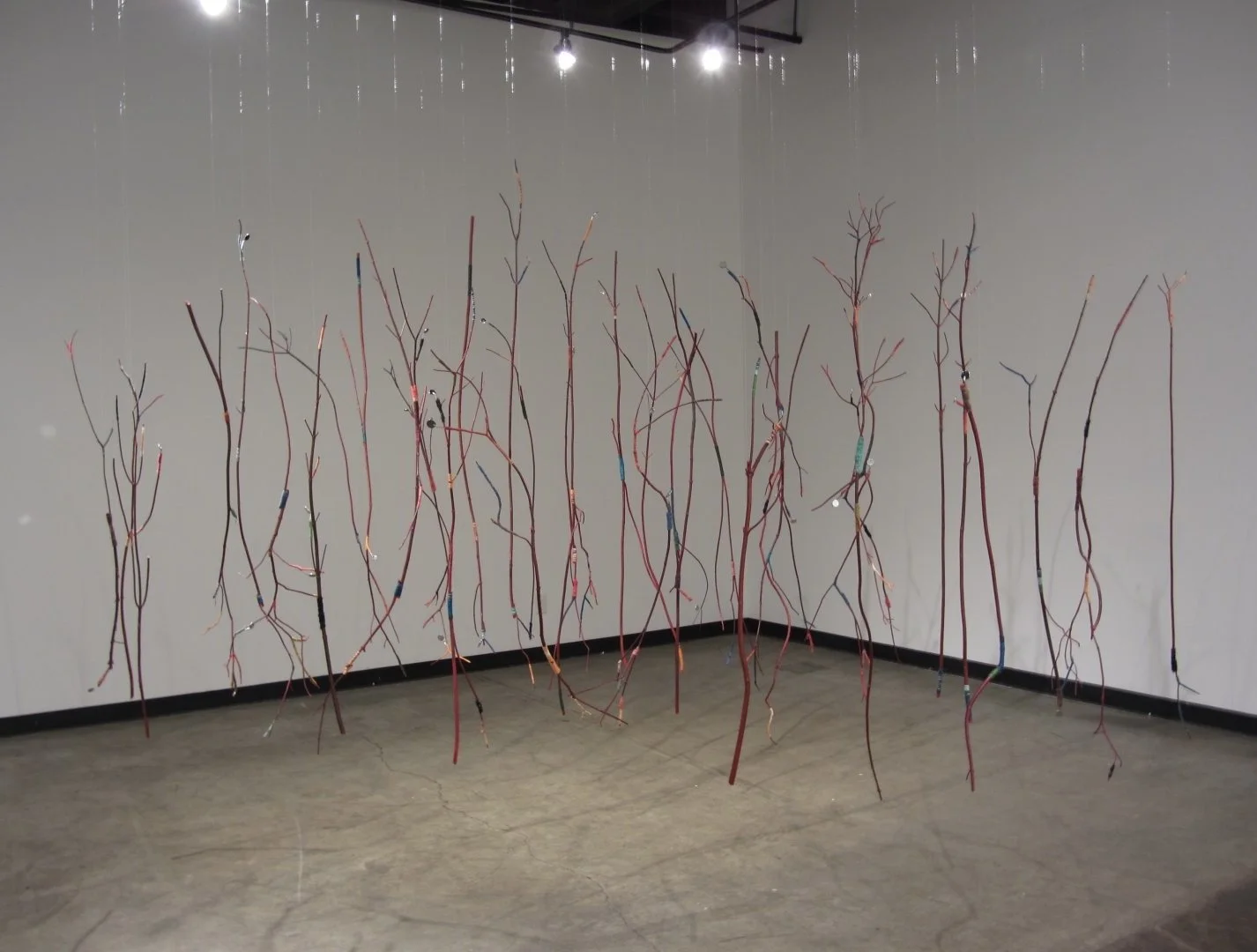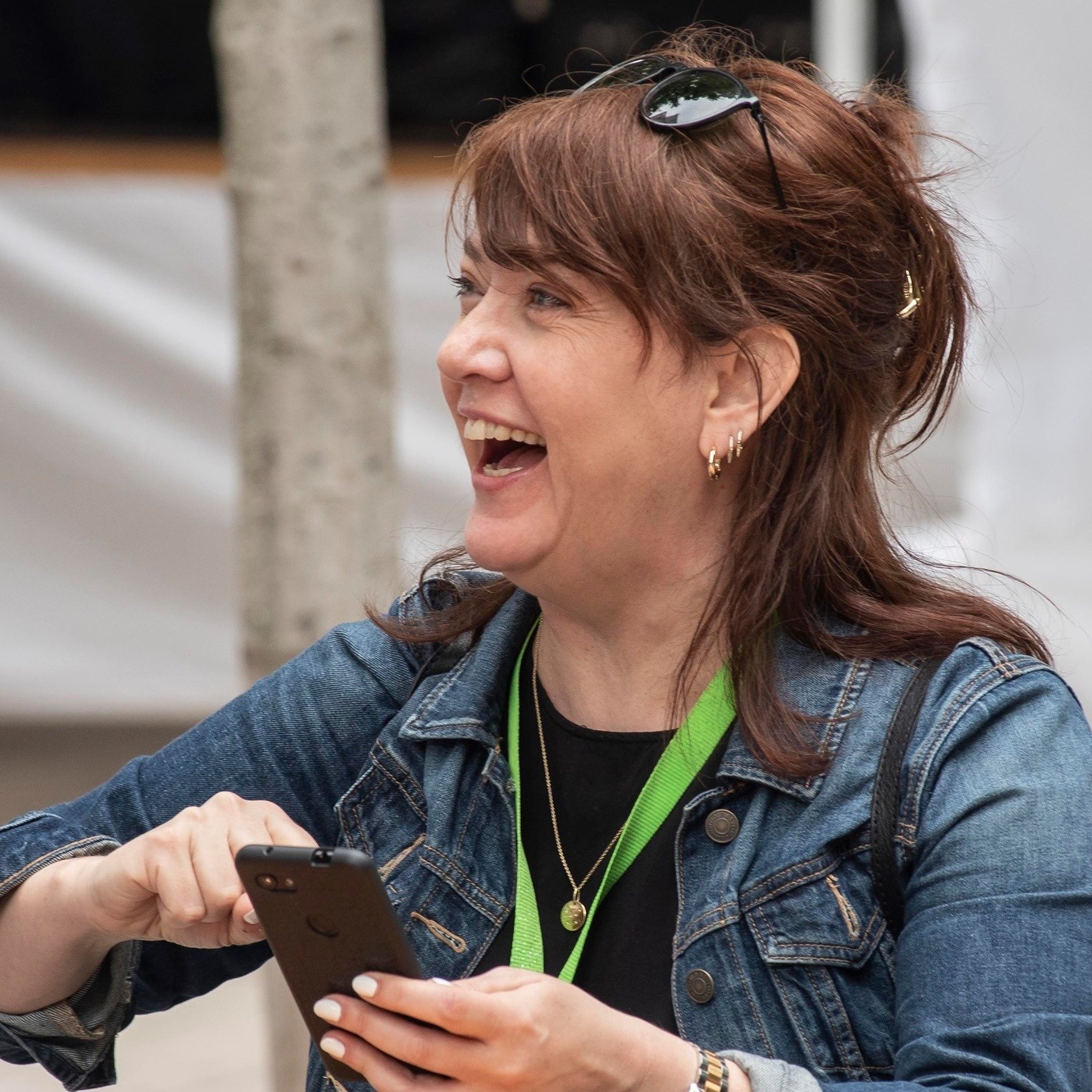Stir Q&A: Artist Anique Jordan explores skin tone and the Black woman's body at Capture Photography Festival
Works from the Darkie series find new resonance as large-scale public art
Anique Jordan, Work from the Darkie series, 2018. Courtesy of the Artist
OFF OF EXPO Boulevard, between Rogers Arena and BC Place, look up and you’ll discover billboards displaying intimate self-portraits captured and modelled by Anique Jordan.
Jordan’s Darkie series makes its debut to B.C. at the Capture Photography Festival, with two of its images blown up for the large-scale signs in Northeast False Creek, and showing from April 3 to May 2.
What makes the Darkie series unique from her past exhibitions is that the black and white self-portraits of Jordan herself, are a sort examination of her identity, and how much history has affected Black women’s bodies. The two images featured on the Capture billboards depict extreme closeups of parts of her legs, set against a stark white background, and interrupted by blank, white space. In one photograph, a long braid dangles down from the top corner from an unseen head.
As the Capture site puts the work, curated by Emmy Lee Wall, “Through displaying these images at a large scale in a space traditionally used for advertising, Jordan offers her presence in the world. The work is at once a celebration of her form, a reminder of its power, and a provocation to consider the reality she experiences daily.”
The installation of public art from the award-winning, Toronto-born artist, writer, and curator is one of her first to be showcased in Vancouver. The York University alumna’s prior works include the exhibition Every.Now.Then: Reframing Nationhood with Andrew Hunter at UCLA in California, producing Song for the Beloved with Dr. Honor Ford-Smith in Liberty Hall, Jamaica, curating The Marvelous are Here and as part of a site-specific series, and cultivating The Public: Land and Body at NIA Centre for the Arts.
Stir talked to Jordan about her latest public art exhibit, and the cultural and personal significance of the Darkie series through the use of black-and white photography, and blank space.
What was the genesis and inspiration for the Darkie series?
“Darkie came out of an experiment. So I was experimenting with form, contrast in color and the female body. After I made the work, I sat down and really looked at the richness of colour that I was able to achieve with my own skin tone and thinking about how that colour connects to all these different types of memories and thoughts that I've had of myself as a child. So the title of the piece itself is actually named after one of the different types of words that I was called as a kid growing up in Toronto.”
The Capture Photofest website description of your work states: “hauntology…suggests that elements from the past – ideas, traumas, memories will persist in the present and into the future, as in the manner of a ghost.” What is the meaning of hauntology to you and how does it resonate with your Darkie series?
“Hauntology is this idea that the things that are part of our past, or our memories, or even in the realm of things that have been forgotten, we still carry with us. A lot of people talk about it [hauntology] in relationship to the Transatlantic slave route and I think about it in that way as well, but I also think that within the realm of the things that haunt us are things that teach us things, or survival strategies, things that are encoded that we pick up and we learn gestures and all these different things.
“It sort of comes up in all of the work that I do, I just see it showing up in here as well, in aesthetics like with the gaps in the white spaces between and surrounding the body. There's like a lot of these, a lot of space to sort of write things on to and imagine like where is this location.”
What is the historical context within the Darkie series?
“It wasn't a matter of having a conversation with like an art historical, or even like referencing a particular type of imagery. As it comes up, it's clear that it has roots in different types of traditions…[like] black and white photography, grayscale news. For me, it was really a matter of documenting myself, thinking about my own body and the ways that I can sort of fracture it, the types of beauty that can come out of it and how deep in tones my skin tone can be within the images. It was more of an intimate exercise I would say of documenting than anything else.”
What were the difficulties when capturing the photos for your series since you were the subject and the photographer?
“I use portrait in a lot of my work and I teach software privacy, so technically it's part of the back and forth, it's part of like the technical process, I guess of documenting the self-portrait. I like seeing all kind of surprises come up on the other end of the camera, I don't find it difficult, I find it interesting, or more experimental and it forces me to experiment, to see what I come up with when I'm not behind the monitor.”
Anique Jordan, Work from the Darkie series, 2018. Courtesy of the Artist
Billboards are a very public but intimate self-portraits, how did you balance the medium between the two in the Darkie series?
“It brings it into a different realm, it becomes part of a bigger conversation around like pinup’s almost. Obviously it's not the same aesthetic, but I think about the female nude form and particularly the Black woman body being so visible. I control so much of that image and I feel so confident in how I've protected [it], by naming it, by choosing crossed lines, by leaving a certain type of blank space. I don't feel exposed in any type of way. I’d be interested to see how people...[react] driving down the highway.”















